Cat 7 Cable Suppliers in Dubai,UAE
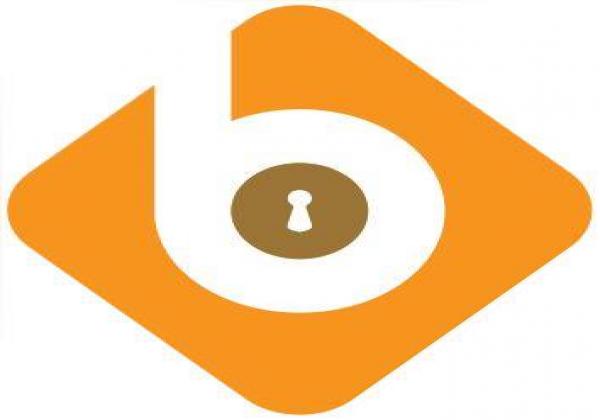
Bright Orient Security Systems LLC
Phone: +971 4 299 5525
Emirate:Dubai, P.O.BOX:10180
Address:Office #635 Al Abbas Building No 2, Burjuman
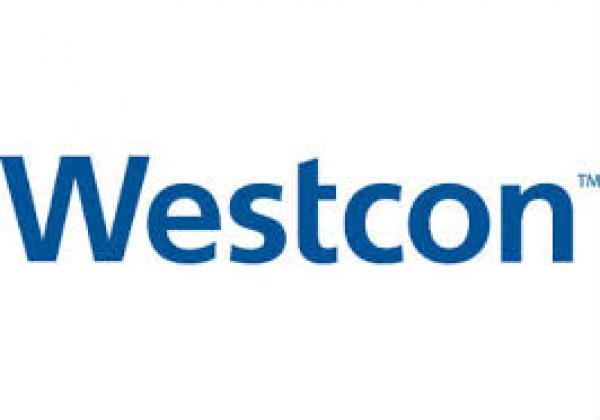
Westcon Middle East
Phone: +971 4 883 9888
Emirate:Dubai, P.O.BOX:17124
Address:JAFZA Showroom SRA109, JAFZA
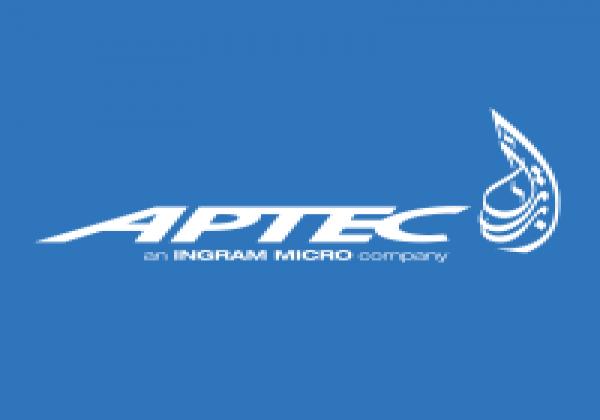
Aptec Gulf LLC
Phone: +971 4 369 7111
Emirate:Dubai, P.O.BOX:33550
Address:1st Floor, Dubai Internet City
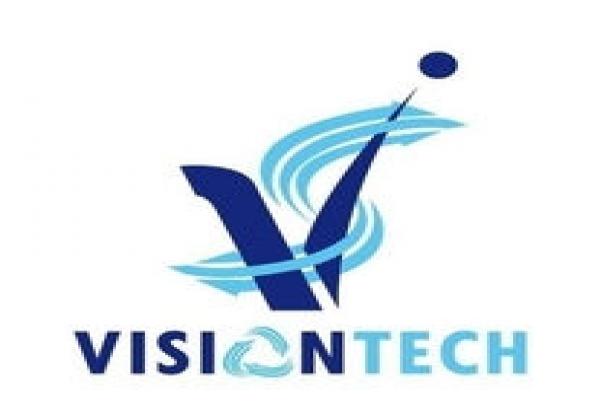
Visiontech Systems International LLC
Phone: +9714 386 9786
Emirate:Dubai, P.O.BOX:55862
Address:Khaleed Bin Al Walid St, Burdubai
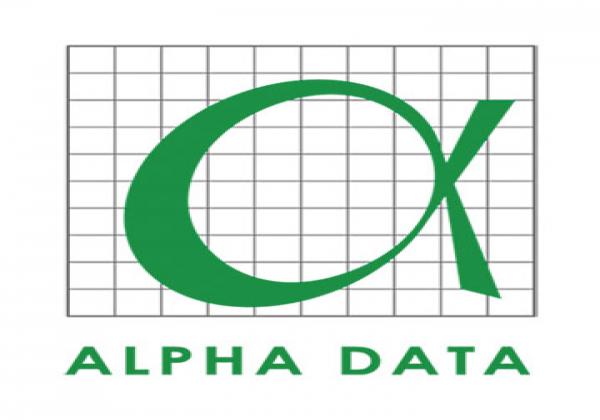
Alpha Data LLC
Phone: +971 4 425 5955
Emirate:Dubai, P.O.BOX:8829
Address:Mazaya Business Avenue, 35th Floor Jumeirah Lake Towers

Scientechnic LLC
Phone: +971 4 203 5777
Emirate:Dubai, P.O.BOX:25490
Address:Al Ittihad Road (Dubai - Sharjah Road), Al Khabisi Area, Deira

Progen General Trading
Phone: +971 4 552 1090
Emirate:Dubai, P.O.BOX:82862
Address:11th Floor, Room 1108, Concord Tower, Dubai Media City

Prologix Distribution
Phone: +971 4 340 7840
Emirate:Dubai, P.O.BOX:71790
Address:Office 1602,Y Cluster Swiss Tower Jumeirah Lake Towers
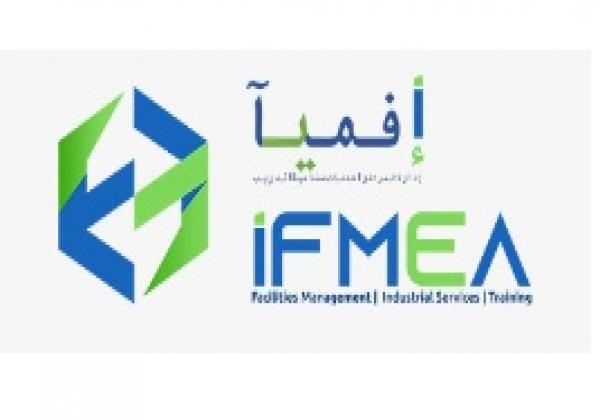
IFMEA
Phone: +97143296764
Emirate:Dubai, P.O.BOX:
Address:Dubai Branch : GF-01, Shams Business Park AL Garhoud , Dubai
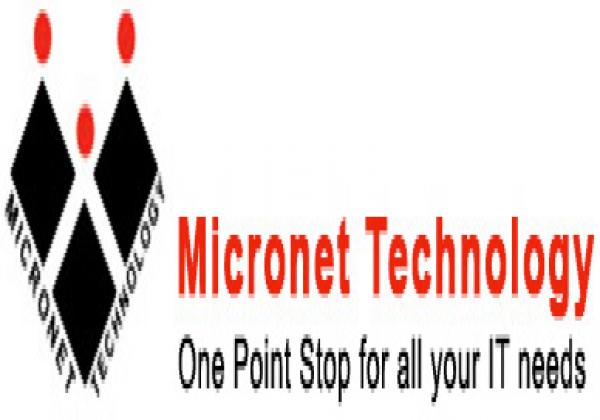
Micronet Technology
Phone: 0505648497
Emirate:Dubai, P.O.BOX:182415
Address:Office 102, Rifa Old Building, Opp Palm Beach Hotel, Khalid Bin Waleed St, Bur Dubai
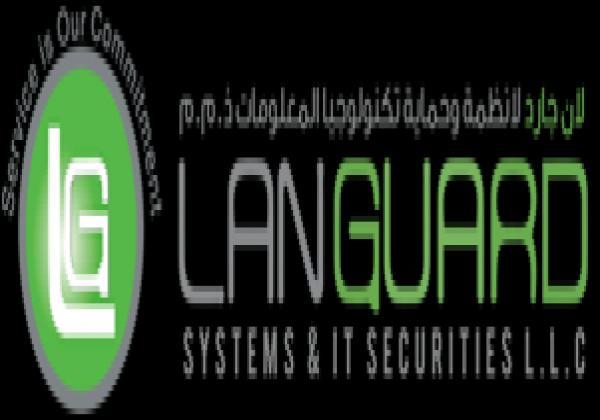
LAN GUARD
Phone: +971 2 6329170
Emirate:Abu Dhabi, P.O.BOX:
Address:M01 Floor, Princess Jewellery Building, Khaleefa Street, Abu Dhabi, United Arab Emirates
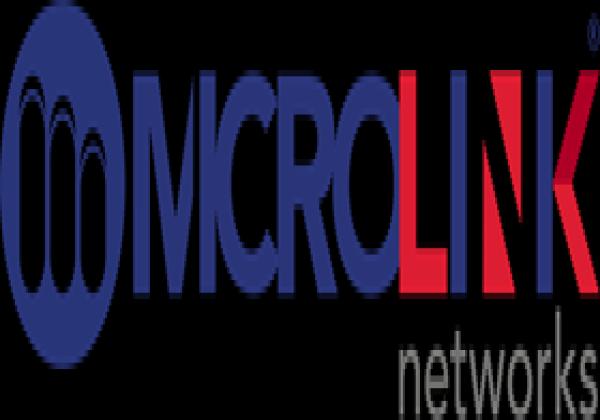
Microlink networks llc
Phone: +97145561557
Emirate:Dubai, P.O.BOX:
Address:Boulevard Plaza Tower One, Level 3, Downtown Dubai, United Arab Emirates
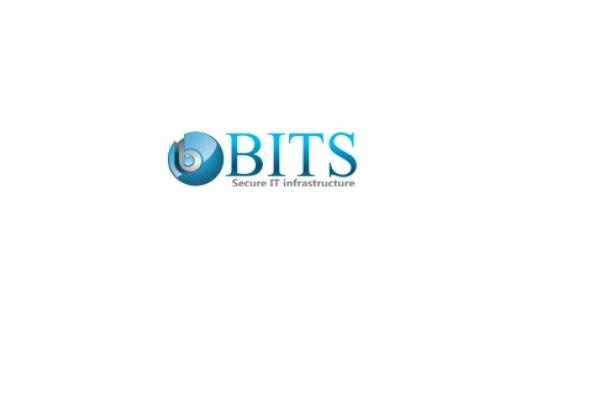
Bits Secure IT Infrastructure LLC
Phone: +971 43282444
Emirate:Dubai, P.O.BOX:3282444
Address:SUNTECH Tower - Office 903 - Dubai Silicon Oasis - Industrial Area - Dubai - United Arab Emirates
Cat 7 cables are a type of high-performance Ethernet cable designed to support significantly faster data transfer speeds and longer cable lengths compared to earlier categories like Cat 5e and Cat 6. While not yet widely adopted due to limitations in compatible hardware and higher costs, they offer potential benefits for future demanding network applications.
Features:
Increased bandwidth: Cat 7 cables are designed to support theoretical speeds of up to 10 Gbps at distances of up to 100 meters, compared to 1 Gbps for Cat 5e and Cat 6 at similar lengths.
Improved shielding: Cat 7 cables incorporate individual shielding for each twisted pair and an overall cable shield, providing enhanced protection against crosstalk and electromagnetic interference (EMI) compared to previous categories.
Backward compatibility: Cat 7 cables are backward compatible with Cat 5e and Cat 6, allowing them to function with older network equipment.
Limitations:
Limited availability: Cat 7 cables are not yet widely available and may be more expensive than other categories due to their specialized construction.
Hardware compatibility: Currently, there's limited hardware support for Cat 7 speeds, requiring specific network adapters and switches to achieve its full potential.
Practical limitations: Real-world network performance is often influenced by various factors beyond cable specifications, and achieving the theoretical speeds of Cat 7 may not always be feasible in practice.
Applications:
High-performance networks: Cat 7 cables could be suitable for future applications requiring exceptional data transfer speeds, such as high-resolution video streaming, data centers, and demanding gaming setups.
Long-distance connections: Due to their improved shielding, Cat 7 cables might be beneficial for longer cable runs where signal integrity is crucial.
Choosing a Cat 7 Cable:
Consider your current and future network needs: If you require high speeds and have compatible hardware, Cat 7 could be an option. However, for most current home and office network applications, Cat 5e or Cat 6 might be sufficient and more cost-effective.
Ensure compatibility with your devices: Verify that your network adapters and switches support Cat 7 speeds to utilize its full potential.
Evaluate cost vs. benefits: Cat 7 cables are generally more expensive than other categories. Weigh the potential benefits against the added cost before making a decision.
Remember, Cat 7 technology is still evolving, and its widespread adoption depends on the development of compatible hardware and the evolution of network demands. For most current network setups, Cat 5e or Cat 6 cables often provide sufficient performance and value.
Features:
Increased bandwidth: Cat 7 cables are designed to support theoretical speeds of up to 10 Gbps at distances of up to 100 meters, compared to 1 Gbps for Cat 5e and Cat 6 at similar lengths.
Improved shielding: Cat 7 cables incorporate individual shielding for each twisted pair and an overall cable shield, providing enhanced protection against crosstalk and electromagnetic interference (EMI) compared to previous categories.
Backward compatibility: Cat 7 cables are backward compatible with Cat 5e and Cat 6, allowing them to function with older network equipment.
Limitations:
Limited availability: Cat 7 cables are not yet widely available and may be more expensive than other categories due to their specialized construction.
Hardware compatibility: Currently, there's limited hardware support for Cat 7 speeds, requiring specific network adapters and switches to achieve its full potential.
Practical limitations: Real-world network performance is often influenced by various factors beyond cable specifications, and achieving the theoretical speeds of Cat 7 may not always be feasible in practice.
Applications:
High-performance networks: Cat 7 cables could be suitable for future applications requiring exceptional data transfer speeds, such as high-resolution video streaming, data centers, and demanding gaming setups.
Long-distance connections: Due to their improved shielding, Cat 7 cables might be beneficial for longer cable runs where signal integrity is crucial.
Choosing a Cat 7 Cable:
Consider your current and future network needs: If you require high speeds and have compatible hardware, Cat 7 could be an option. However, for most current home and office network applications, Cat 5e or Cat 6 might be sufficient and more cost-effective.
Ensure compatibility with your devices: Verify that your network adapters and switches support Cat 7 speeds to utilize its full potential.
Evaluate cost vs. benefits: Cat 7 cables are generally more expensive than other categories. Weigh the potential benefits against the added cost before making a decision.
Remember, Cat 7 technology is still evolving, and its widespread adoption depends on the development of compatible hardware and the evolution of network demands. For most current network setups, Cat 5e or Cat 6 cables often provide sufficient performance and value.


